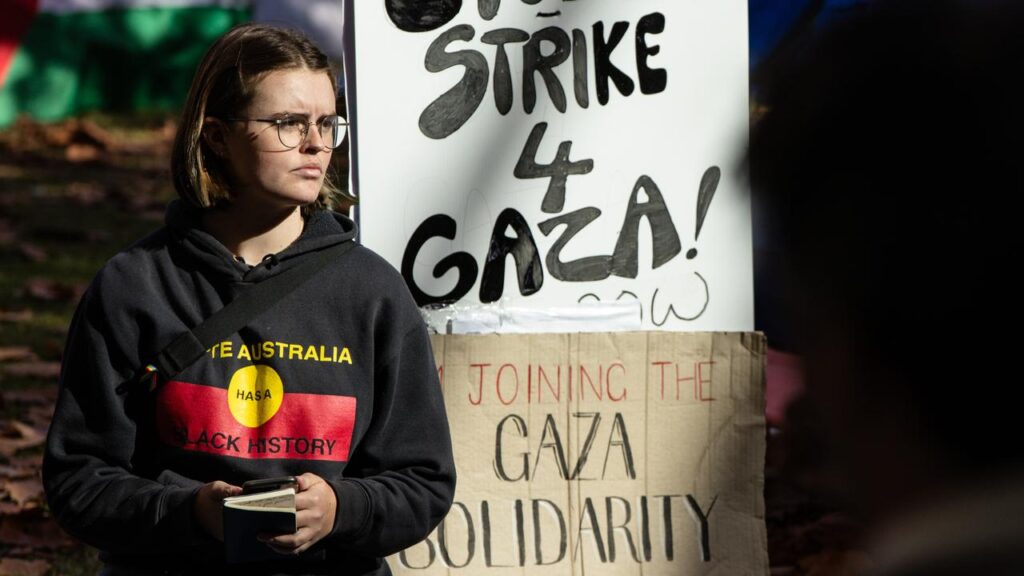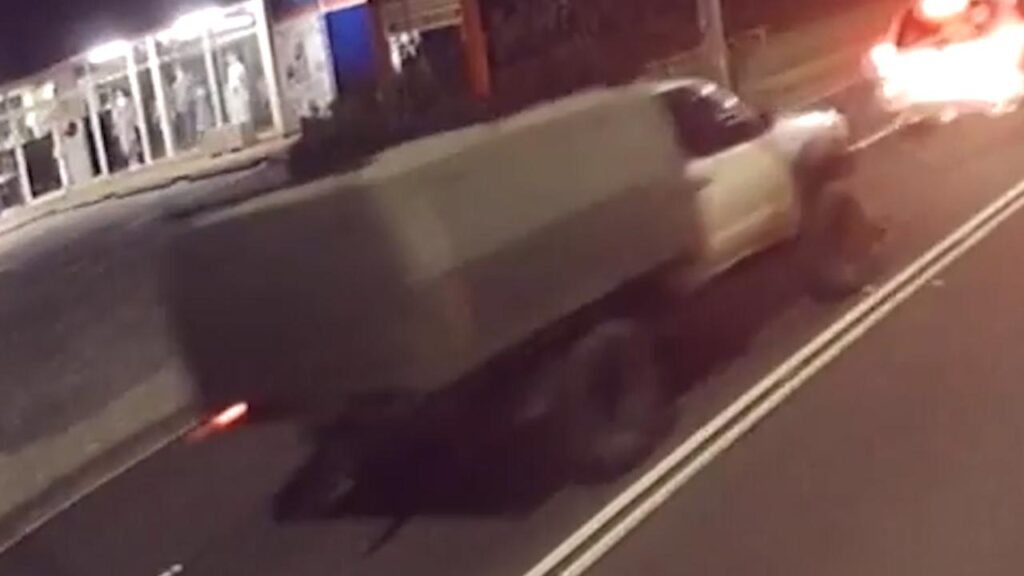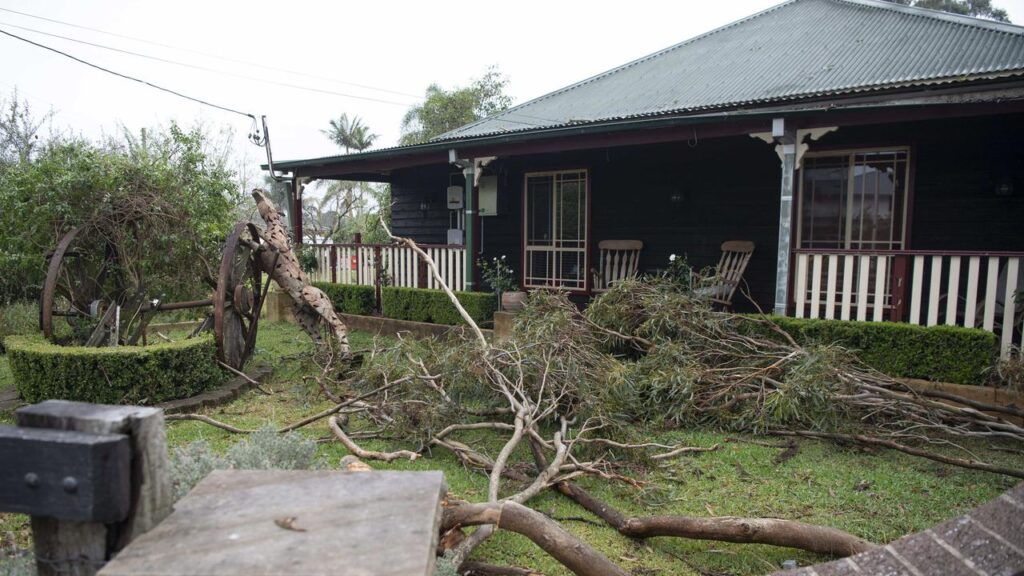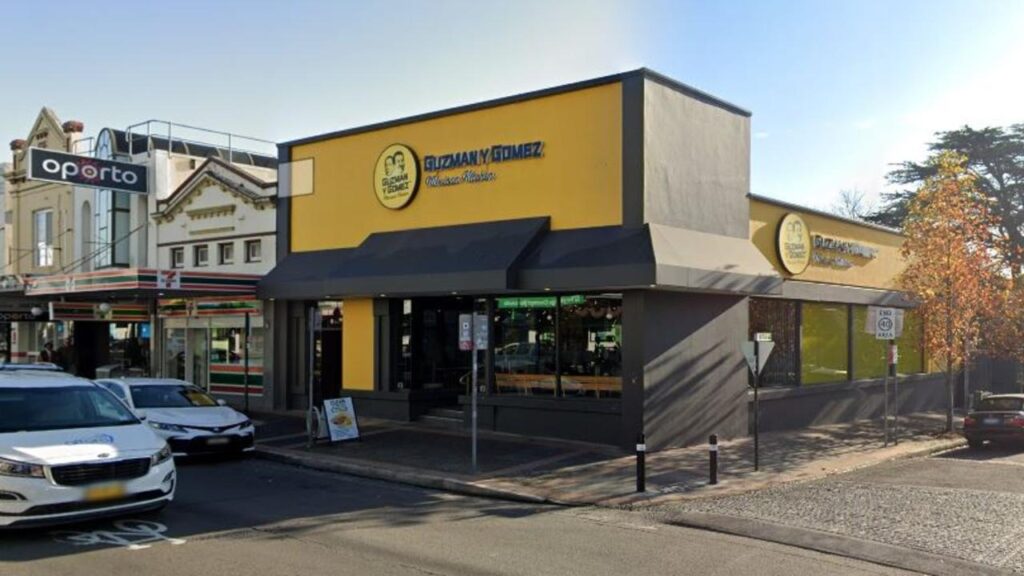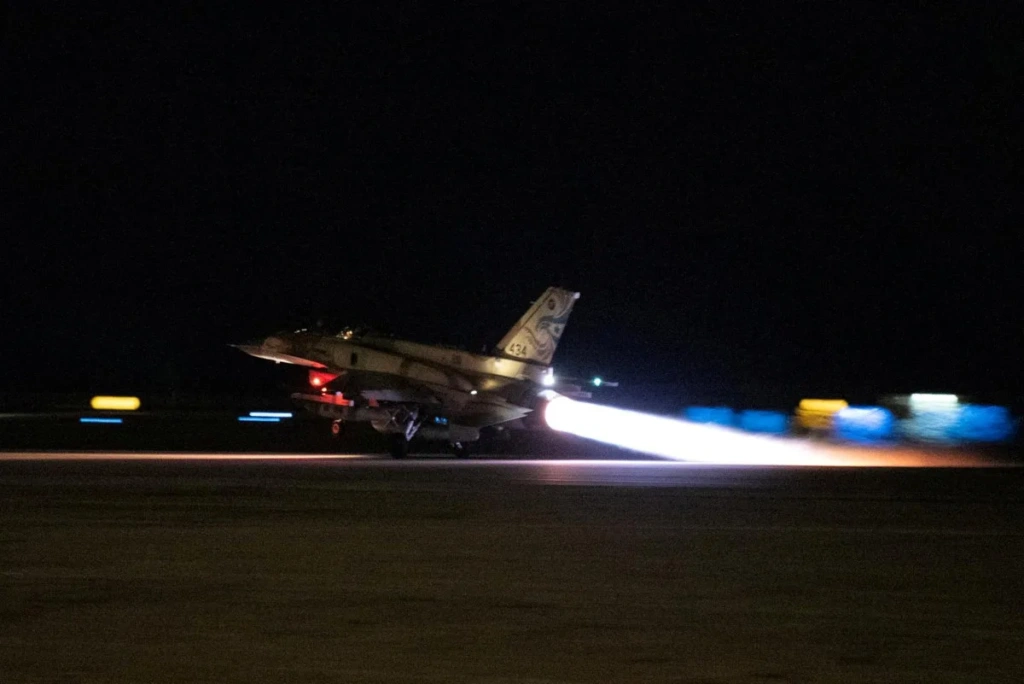‘Dodgy’: Huge row over $665 nuclear claim
Written by admin on September 24, 2024
New claims that Australian families could face a $665-a-year increase in power bills if Peter Dutton pursues nuclear power have been slammed as “dodgy” and designed to shut down the debate.
As the Liberal leader continues to push for a new discussion on nuclear power in Australia, opponents have pointed to a new report by opponents highlighting high nuclear reactor construction costs encountered by countries in Europe and North America.
The Institute of Energy Economics and Financial Analysis (IEEFA) has claimed that Australian household power bills would be likely to increase by $665 AUD per year to cover the cost of nuclear reactors.
It claims this is based on analysis of the construction cost experience of real-world nuclear reactor projects committed to construction over the past 20 years in the European Union and North America.
But now the Coalition has hit back with Energy spokesman Ted O’Brien saying the modelling “did not reflect Coalition policy and is as shallow and flawed as Labor’s own energy policy.”
“We have all seen tricks like this before where a dodgy piece of analysis cherry picks the worst-case scenario projects and pretends that it’s common practice,’’ he said.
“Our zero-emissions nuclear power plants will be Government owned and, unlike Labor’s Capacity Investment Scheme, we will release our costings ahead of the next election.
“The last time Labor spruiked economic modelling they promised a $275 reduction in household electricity prices, only to deliver prices up to $1,000 higher.”
Another conservative proponent of nuclear power, the Centre for Independent Studies said the recently published report by the Institute for Energy Economics and Financial Analysis rejects CSIRO estimates of nuclear costs, and relies upon a series of the least-successful nuclear energy projects to argue nuclear energy would increase household bills.
The CIS said the report selects projects in the UK, US, Finland and France — all of which experienced major cost blow-outs and delays.
“It’s no secret that the West hasn’t built nuclear for decades, and their first attempts to re-start nuclear have been badly bungled,” says Aidan Morrison, Director of Energy Research at the Centre for Independent Studies, and author of How to build Low-Cost Nuclear: Lessons from the world.
“Almost all of these projects were first-of-a-kind, or at least first of their kind in their country, and suffered from inexperienced construction and management consortia.
“On top of this, they have all committed the cardinal sin of nuclear construction: stopping after just building one or two. If you want cheap nuclear power, you need to pick a proven design, and build a fleet.”
Mr Morrison said the IEEFA report attempts to closely follow Coalition policy, but dismisses the possibility of Australia building a significant fleet in a coordinated build, as has been highly successful in Korea, and the United Arab Emirates.
“There is no reason why Australia should make all the mistakes the UK and US have made,” Morrison says.
More Coverage
“The Coalition has named sites like Liddell and Loy Yang, which have multiple large coal power stations in close proximity, such as Bayswater and Hazelwood.
“With good planning, we can start with significant stations of 3 or more reactors, and 6 or more reactors in the two initial projects.”
“If the Coalition policy of using a government-backed finance was incorporated in this analysis, a lower discount rate would be appropriate, and the nuclear costs modelled would significantly cheaper than using renewables,” Mr Morrison said.
Read related topics:Peter Dutton

